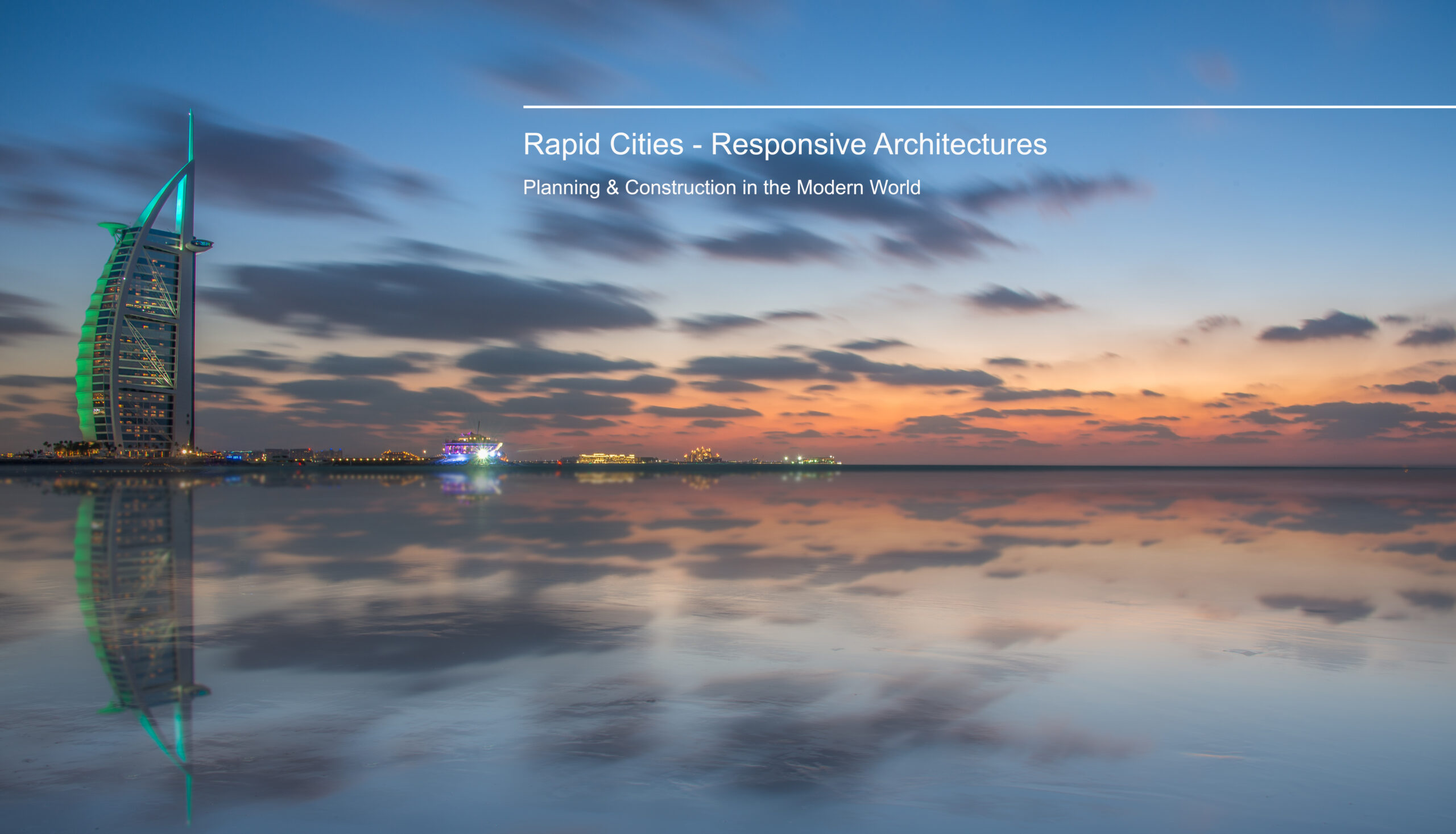Call
In 1975 the World EXPO opened in Okinawa, Japan. Its centerpiece was ‘Aquapolis’, a floating city designed by the leading ‘metabolist’ architect Kiyonori Kikutake. By the time it closed one year later, Reyner Banham had published Megastructure: Urban Futures of the Recent Past. Paul Virilio had also coined the term dromology to explain the impact of speed and technology on contemporary culture. For all, speed and technology were not only central to architectural and urban design, but also the mediated culture of spectacle around them. The debates they instigated were not one dimensional however. Virilio’s interest in technology was matched by concerns for social justice. Banham’s focus on megastructures was nuanced by ideas on responsive environments. Kikutake’s interest in ‘spectacle’ was tied to an interest in ecology as manifest in the 1975 EXPO itself.
The event that this conference aligns with, EXPO 2020/21, addresses the dichotomies found in the work of these theorists. For many, the phenomenon of the EXPO is the epitome of contemporary fast-paced design and development. Commercially driven, built at break neck speed, led by star architects and premised on instant urban planning. EXPO 2020/21 has all these traits. However, it also presents itself as responsive to social and environmental concerns. It is powered by solar arrays, recycles wastewater and monitors its carbon footprint. It touts its long term plan for housing and mixed-use development post EXPO. It is themed around opportunity, mobility and sustainability. As with the city of Dubai itself – the poster-child of rapid development in the Gulf – EXPO 2020/21 is the perfect backdrop to this conference.
Rapid Cities – Responsive Architectures seeks to examine the dialectic, tensions, problems and possibilities of architecture and urbanism as technologically imbued, fast-paced commercial exercises. Can the design and construction of the built environment be fully profit-driven, remain responsive to climate and cultural heritage? Is spectacle architecture consistent with vernacular design, accessible transport and best practice construction? How do rapidly planned cities ensure social integration, urban health and produce affordable housing? Is it the role of the design and construction industries to respond to these issues at all? Should we embrace speed and technology as motors of design, construction and development as ends in themselves? If we do, what are the advantages and likely results? What does the history of these issues tell us about future trends?


